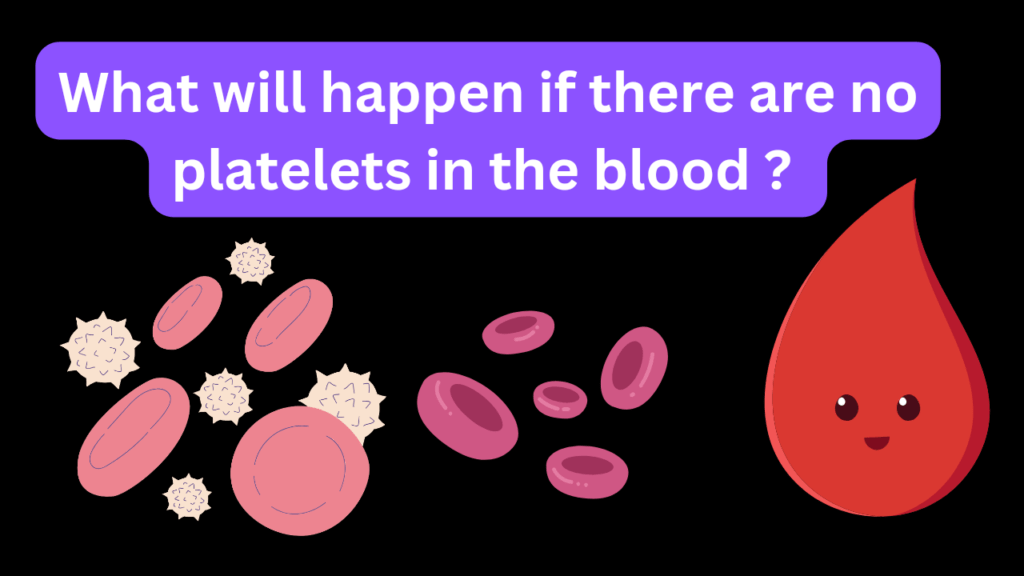Platelets are small fragments play an indispensable role in maintaining hemostasis,blood clotting. They also known as thrombocytes, are miniature cellular powerhouses essential for blood clotting.

Its primary mission is to prevent excessive bleeding by forming clots at the site of vascular injuries, sealing wounds and maintaining the integrity of the circulatory system.
- Without platelets, the body’s ability to form clots would be severely compromised. Even minor injuries or vascular damage would result in prolonged and uncontrolled bleeding.
- The absence of platelets would increase the risk of hemorrhage, leading to internal bleeding that could be life-threatening. Even routine activities, such as brushing one’s teeth, could become perilous.
- Platelets not only prevent bleeding but also contribute to the initial stages of tissue repair. Without them, the healing process would be significantly delayed, leaving wounds open to infections and complications.
- Spontaneous bleeding, both internally and externally, would become a constant threat. Organs and tissues would be vulnerable to damage without the rapid clotting response facilitated by platelets.
- The absence of platelets would manifest as petechiae (tiny red or purple spots on the skin) and ecchymoses (larger bruises). These visible signs of bleeding under the skin would be widespread, indicating a systemic breakdown in clotting mechanisms.
- Prolonged bleeding and compromised clotting would lead to organ damage, especially in organs with high vascularization, such as the brain, liver, and kidneys. This could result in serious medical conditions and organ failure.
Medical Interventions in the Absence of Platelets
- In a hypothetical world without platelets, blood transfusions would become a primary intervention to replace the missing clotting factors. However, the demand for blood products would skyrocket.
- Advanced medical treatments, such as stem cell therapies and genetic interventions, might be explored to artificially recreate or replace the functions of platelets. These, however, would be complex and futuristic solutions.